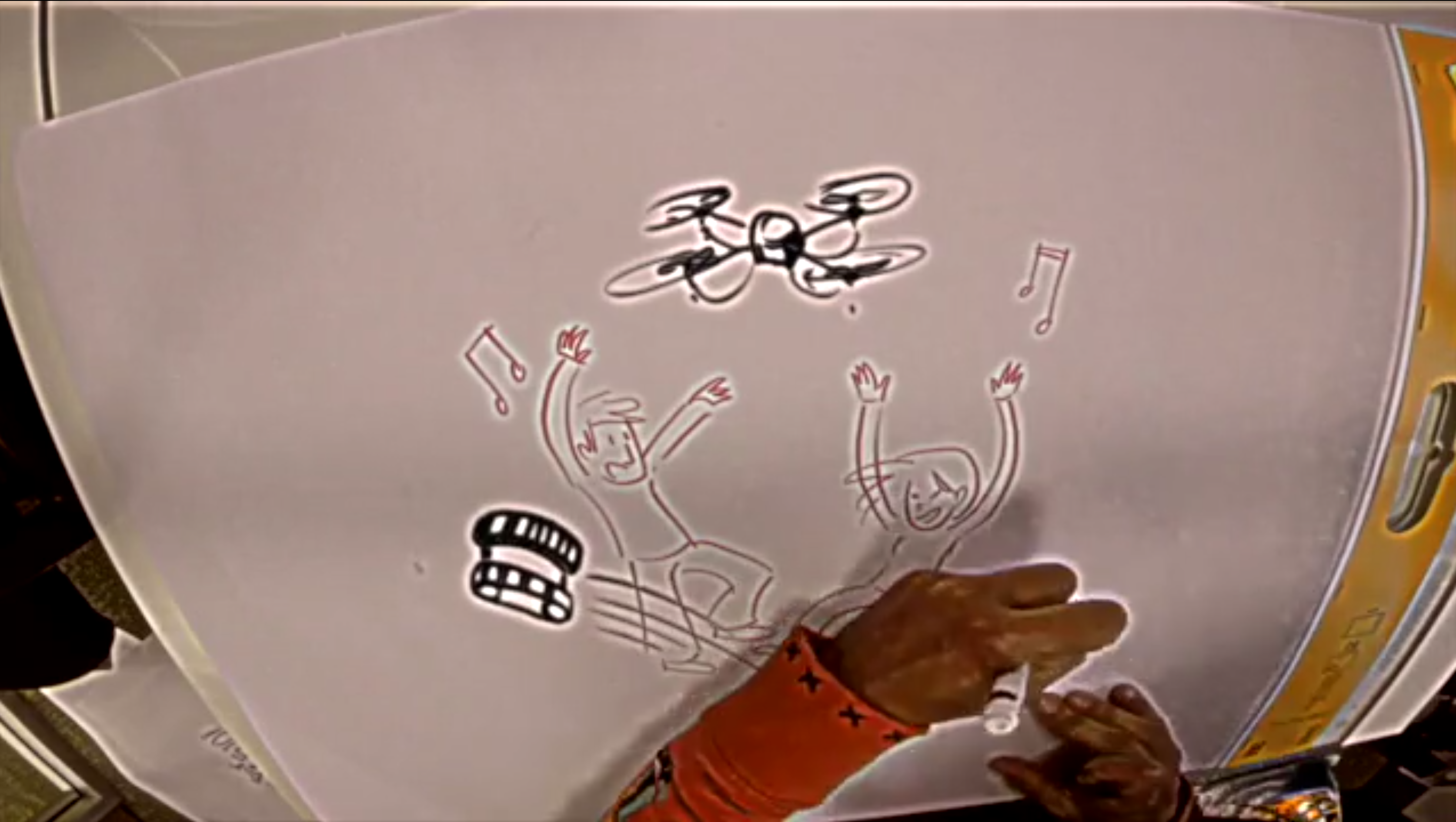Well, not exactly – but your vote can make it happen!
FIT is gearing up for the 22nd Annual SXSW Interactive Festival, held in Austin from March 13 – 17, 2015. For those of you not familiar with what the festival is, it’s, “An incubator of cutting-edge technologies and digital creativity” that features presentations, panels, discussions, networking opportunities, and a place to preview tomorrow’s technologies.
So what happened to the rescue robots swarming SXSW? Where can we find these robots? If you want to learn more about them and one of the premier leaders in robot-assisted search and rescue, then read on to learn more about Robin, “Queen of the Robots.”
Meet Robin –
Dr. Robin Murphy is the Raytheon Professor of Computer Science and Engineering, Fellow for Innovation in High-Impact Learning Experiences, and Director of the Center for Robot-Assisted Search and Rescue (CRASAR) at Texas A&M University.
Robin works with robots. She and her team of sophisticated search and rescue machines have deployed to 16 catastrophes worldwide, including the 9/11 World Trade Center Disaster, Hurricane Katrina, and the Fukushima Daiichi nuclear accident. Most recently, Robin and her robots flew over and surveyed the mudslide in Oso, Washington.
Question: How did you start your work using robots to aid the Public Sector?
Answer: I started applying my research in artificial intelligence for robots to disasters after the 1995 Oklahoma City bombing. One of my graduate students, John Blitch, has assisted with search and rescue and was frustrated that small robots being developed for NASA for the Mars missions were not being used. Those robots could have gone into spaces that people and dogs could not fit in and would have reduced risk to the responders. We concentrated on ground robots with deployments to the World Trade Center, La Conchita Mudslides, and Hurricane Charley. Hurricane Charley was the first disaster we went to that was spread over a large area—I realized that unmanned aerial vehicles could be used to help the responders assess the situation as soon as they arrived and unmanned underwater robots could check out bridges, sea walls, and levees. So we expanded our research.
Question: What is the most important feature a flying robot brings to a disaster response?
Answer: The camera. I’ve gone out on nearly 40 deployments, and no matter the kind of robot used in a disaster – aerial, ground, or marine – the first and foremost role is to give the responders eyes on the disaster.
Question: Why should people vote for the FIT Panel to be featured at SXSW?
Answer: Because it will be fun but very surprising—there’s so many aspects of disaster prevention, response, and recovery and so many great ideas!
Question: If you were to create a new robot, what would it be and why?
Answer: If it were a ground robot, I wish I had a robot ferret. Ferrets can climb over just about anything, stay balanced even in a rockslide (like rubble), and can move like a furry snake to get into tight places. If it were an aerial vehicle, I’d like a small vehicle about the size of Stella Luna and with her great sensing ability that would let her fly through partially collapsed buildings.
Want to learn more about Robin’s work?
Go to the SXSW PanelPicker, create an account and vote for “Ladies Rocking Humanitarian & Disaster Response.” Want to see Robin’s robots in action? Vote for the workshop, “Tech in Disasters – a Robotics Petting Zoo!” Please leave a comment about why the panel and workshop are important and should be finalists for the 22nd Annual SXSW Interactive Festival.


